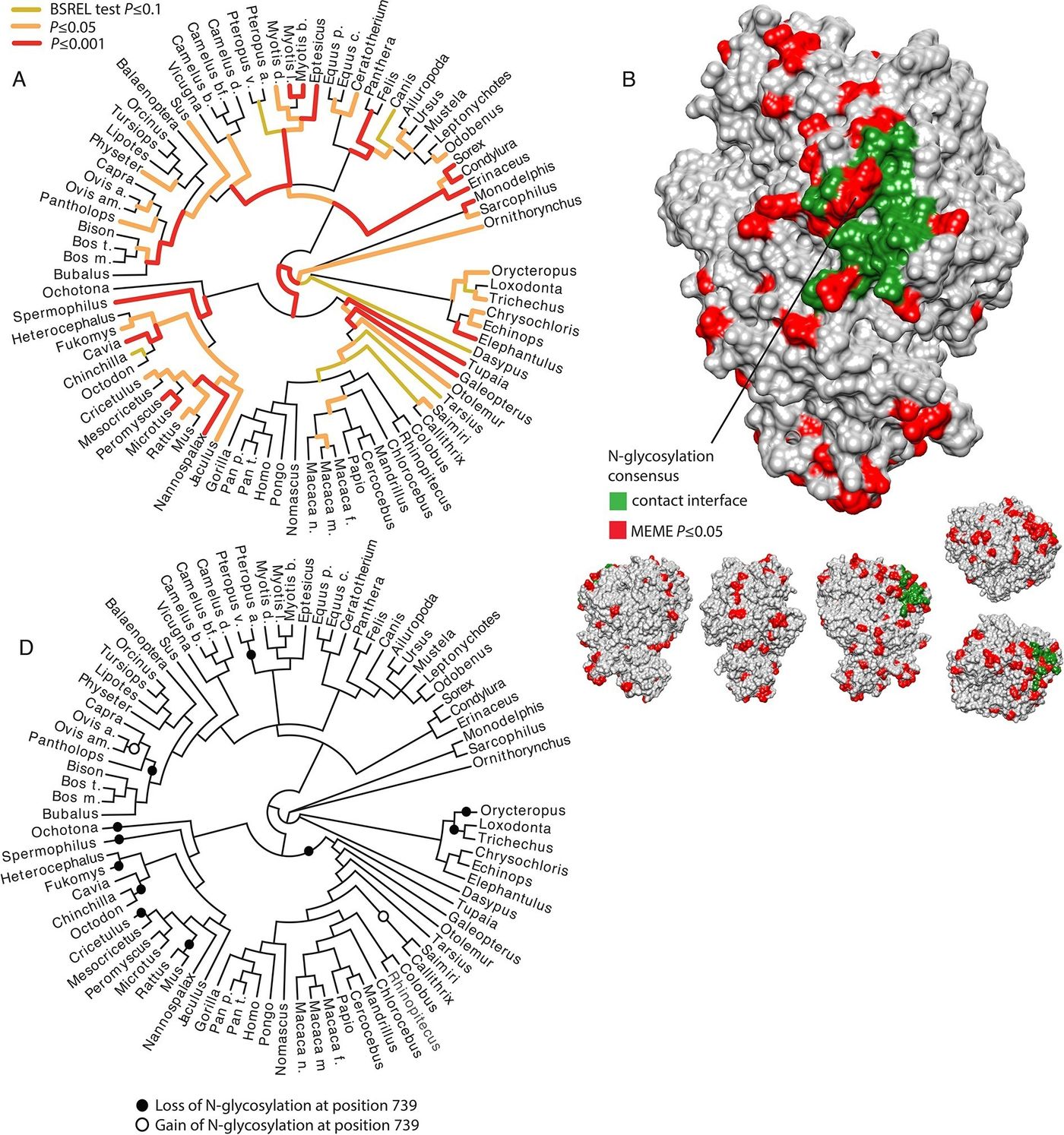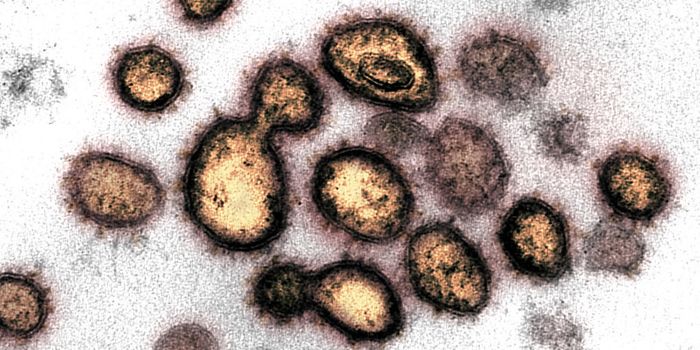Publishing in eLife, researchers at Stanford University have begun to reveal the extent of the influence viruses have had on mammalian evolution. In the study, computational genomic technology was used to find that viruses were the driving force behind 30 percent of all changes to proteins since humans diverged from chimpanzees, and they remarked that this is a conservative estimate.
Mammals evolve in response to changes in their environments, and do so through random mutations in their DNA. Through serendipity, some of those are beneficial, making an animal a better match to those environmental changes; they are called adaptive mutations.
In the last decade, biologists studying evolution have found lots of adaptive mutations in many locations in mammalian genomes. It led investigators to wonder what could be causing those ubiquitous changes. Because of their pervasive and adaptable nature, and their ability to interact with the genome, viruses have been ideal candidates.
"When you have a pandemic or an epidemic at some point in evolution, the population that is targeted by the virus either adapts, or goes extinct. We knew that, but what really surprised us is the strength and clarity of the pattern we found," explained David Enard, first author of the study and a postdoctoral fellow at Stanford University. "This is the first time that viruses have been shown to have such a strong impact on adaptation."
The work had to begin with finding out what proteins physically interact with viruses. Previous work in the area has focused primarily on proteins of that are part of the body’s immune response, which is to be expected. The team had to carefully examine tens of thousands of research abstracts to develop a list of 1300 potential proteins as participants in a viral interaction.
"The big advancement here is that it's not only very specialized immune proteins that adapt against viruses," commented Enard. "Pretty much any type of protein that comes into contact with viruses can participate in the adaptation against viruses. It turns out that there is at least as much adaptation outside of the immune response as within it."
Next, algorithms were created to search genomic databases to compare how virus-interacting proteins evolved versus other proteins. The team found that changes occurred three times as much in proteins that interacted with viruses compared with proteins that did not.
"We're all interested in how it is that we and other organisms have evolved, and in the pressures that made us what we are," said lead author Dmitri Petrov, a Professor of Biology and Associate Chair of the Biology Department at Stanford. "The discovery that this constant battle with viruses has shaped us in every aspect -- not just the few proteins that fight infections, but everything -- is profound. All organisms have been living with viruses for billions of years; this work shows that those interactions have affected every part of the cell."
Viruses multiply and disseminate by taking over a host’s cells, so it’s not surprising that they have an even greater influence on cellular changes than environmental conditions or competition from other species. The researchers suggest that these findings could be an explanation for why similar species have different mechanisms for the same biological functions. "This paper is the first with data that is large enough and clean enough to explain a lot of these puzzles in one fell swoop," said Petrov.
The scientists now plan to research viral epidemics of the past, in the hopes they’ll find clues for fighting current diseases.
Sources:
eLife,
Science Daily via
Genetics Society of America










